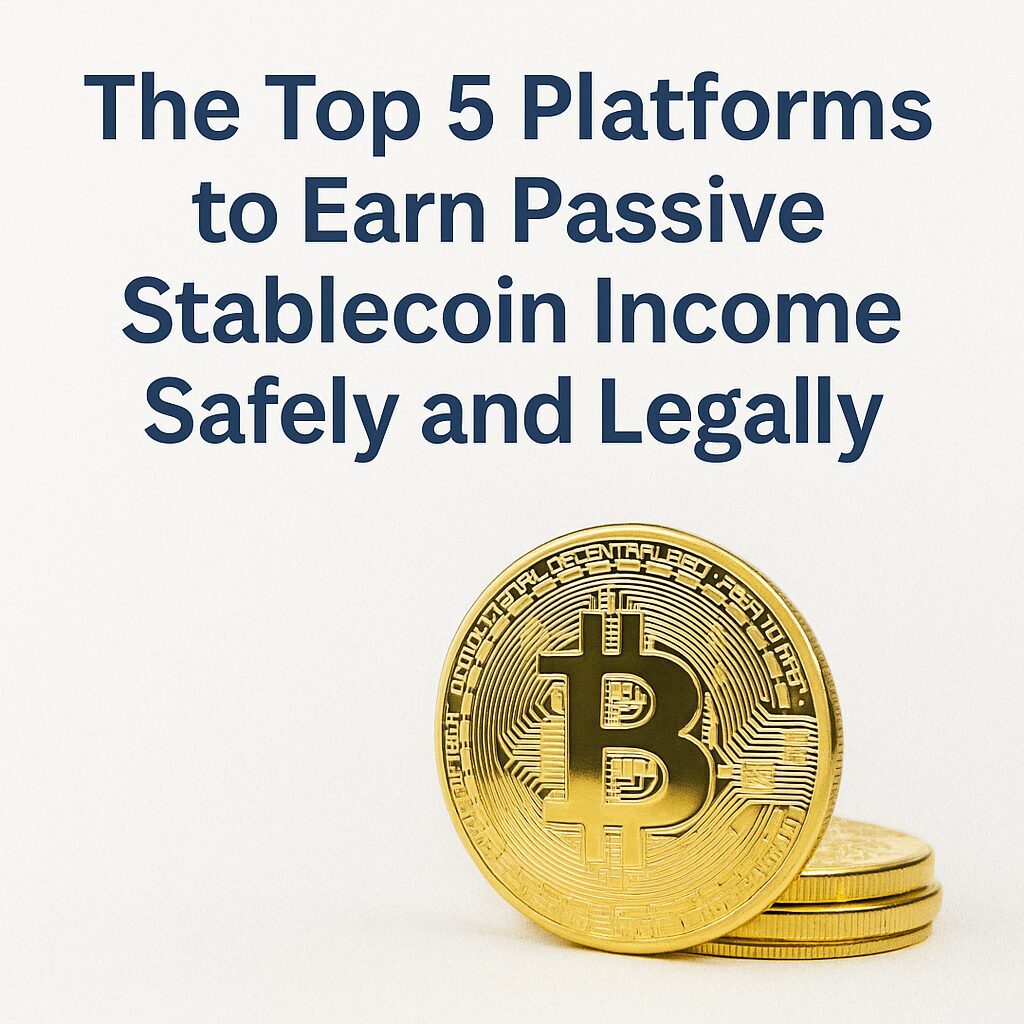Stablecoins are no longer just a crypto enthusiast’s asset — they’re quickly becoming part of real-world financial ecosystems. But as governments, banks, and startups rush to build stablecoin-based infrastructure, how can you evaluate which use cases are actually valuable — and which are just hype?
This guide breaks down how to assess real-world applications that can drive stablecoin adoption and sustained value.
1. Define the Problem First
Every meaningful stablecoin use case must solve a real problem. Ask:
- What friction point is this solving?
- Who benefits — consumers, businesses, or governments?
- Does a stablecoin solution offer better speed, cost, or access compared to fiat?
For example, cross-border payments often face delays, high fees, and poor transparency. A USDC-powered remittance platform with instant finality clearly adds value. But replacing an existing banking app in a developed country? Maybe not.
2. Prioritize Underserved Markets
Real adoption doesn’t always come from wealthy economies. Stablecoins tend to succeed fastest where the traditional system fails. Watch for:
- Countries with high inflation
- Limited banking infrastructure
- Strong mobile penetration
Examples include Argentina, Turkey, and parts of Africa, where people use stablecoins for daily transactions, not speculation.
If a use case targets these markets — like mobile wallets for stable payments — it’s more likely to scale sustainably.
3. Examine Institutional Backing
Is the project supported by governments, banks, or public corporations?
While decentralization is powerful, stablecoin adoption grows faster with credible partners. For example:
- Visa’s integration of USDC
- PayPal launching its own stablecoin (PYUSD)
- Latin American governments exploring tokenized local currencies
Projects with strong partnerships often have more funding, legal clarity, and smoother onboarding for users.
4. Look for Repeat Usage, Not Just Headlines
A flashy launch doesn’t equal real-world impact. Look for:
- Number of daily active users
- Total transaction volume (not just deposits)
- Merchant acceptance and loyalty programs
- Customer retention beyond crypto-native users
A stablecoin-enabled debit card that works for groceries, fuel, and bills is far more powerful than one that works only on Web3 sites.
Ask: Would someone outside the crypto world use this — and keep using it?
5. Legal & Compliance Integration
The best real-world stablecoin use cases don’t ignore regulation — they embrace it. Signs of maturity include:
- Clear KYC/AML protocols
- Tax reporting tools
- Central bank discussions or sandbox programs
- Compliance teams and legal disclosures
These don’t just protect the user — they also signal the project’s ability to survive long-term scrutiny.
6. Monitor Conversion Infrastructure
For stablecoins to be useful, they need on-ramps and off-ramps — ways to convert in and out of fiat.
Valuable use cases tend to:
- Partner with local exchanges and payment processors
- Offer cash-out options (like mobile money or bank transfers)
- Include price stability tools and education for new users
The smoother the user experience from fiat → stablecoin → spending → back to fiat, the more real-world staying power a use case has.
Final Thought: Adoption Comes From Solving Pain, Not Tech Brilliance
The most successful stablecoin use cases don’t try to show off technical innovation — they solve basic, urgent problems:
- Sending money across borders
- Saving in a stable currency
- Paying merchants without fees
- Protecting wealth from inflation
Before you bet on a stablecoin project, ask: Would my neighbor use this — and would they thank me for telling them about it?
That’s the true test of real-world utility.
📌 Coming Up Next
“The Top 5 Platforms for Passive Stablecoin Income — Without DeFi Headaches”
→ In our next post, we’ll explore the safest and most accessible ways to earn yield on your stablecoins, even if you’ve never used a crypto wallet before. From bank-grade custodians to plug-and-play lending apps, we’ll show you where smart capital is going.



